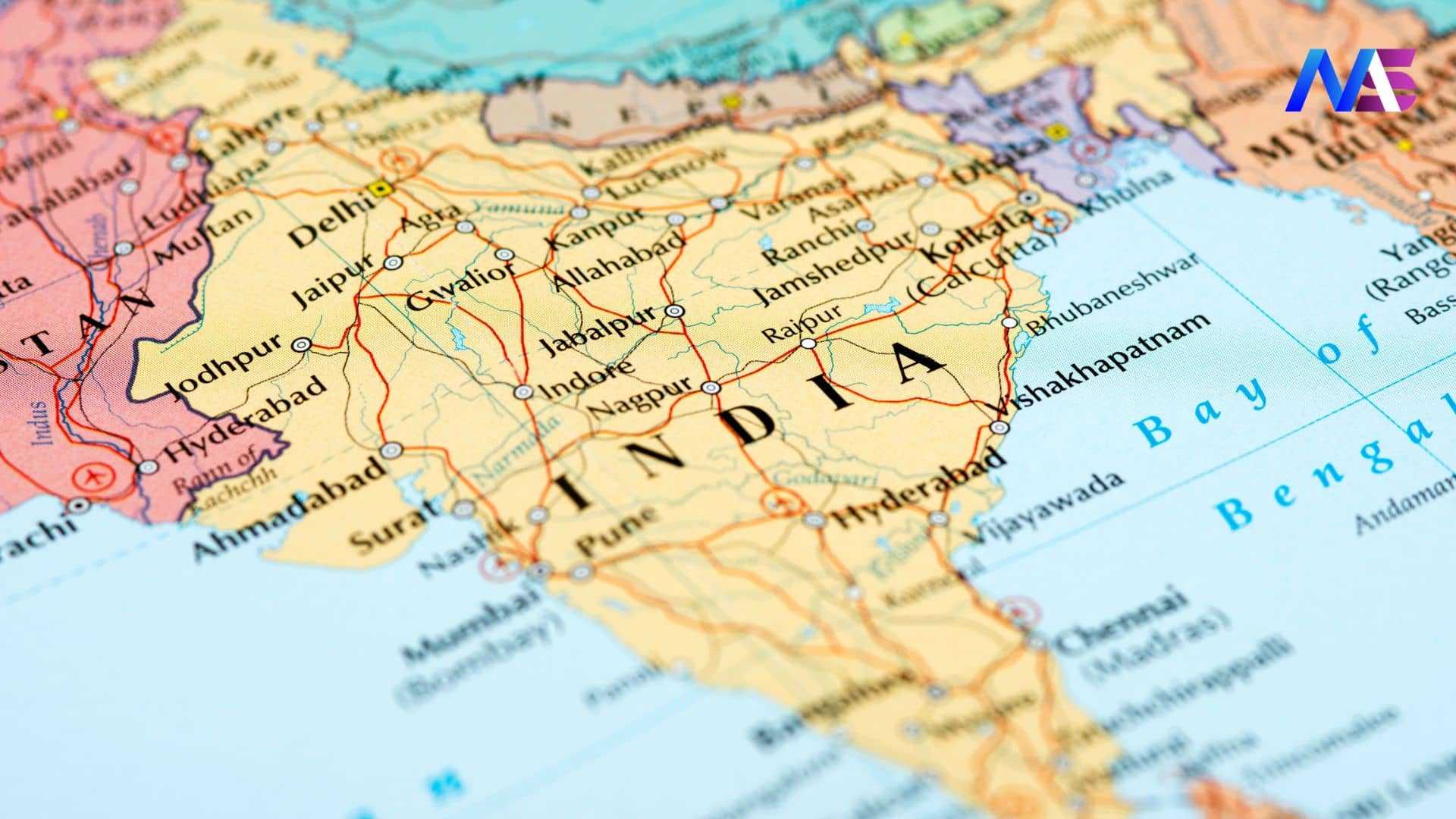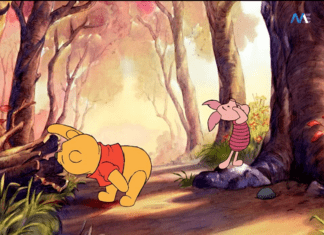India is renowned for having branches in practically every industry, including art, history, medicine, science, fashion, diseases, games, and others. The list is endless; if someone started writing about it, it would continue forever. It is not practically possible to mention each and every invention made by our Indian or our very Indian geniuses, so I am gonna list some of the most famous and astounding things that were invented in India.
16 Most Notable Things That Were Invented In India
Yoga

Yoga is a set of physical, mental, and spiritual disciplines that have their roots in ancient India. They are meant to calm the mind and help practitioners recognize an objective witness awareness that is unaffected by mental chatter and everyday suffering.
Ayurveda
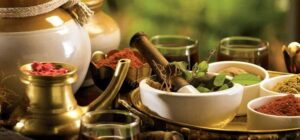
Alternative medicine used from ancient times in the Indian subcontinent is known as ayurveda. Ayurveda is a pseudoscientific idea and practise. Herbal remedies, specific diets, meditation, yoga, massage, laxatives, enemas, and medical oils are examples of therapeutics.
Cataract Surgery
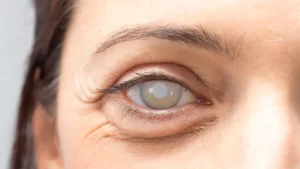
Ancient Indian surgeon Sushruta discovered a procedure for cataract surgery that is now known as “couching” and brought it to other nations after describing it in his book, the Compendium of Sushruta or Sushruta Samhita. a procedure where the opaque phlegmatic substance in the eye was moved out of the way of vision using a curved needle. The phlegm was then blown out of the nose. Later, warm clarified butter would be applied to the eye before being bandaged.
Zero

Zero was first recognized in India as both a symbol and a value unto itself, according to historical records. The mathematician Brahmagupta adopted tiny dots under numbers to symbolize a zero around 650 AD, among others. The dots have names like “sunya,” which means “empty,” and “kha,” which means “place.” Therefore, their interpretation of zero was understood to be both a placeholder and to have a null value.
Galena
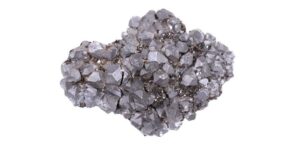
Galena crystals were successfully used by Bengali scientist Sir Jagadish Chandra Bose to make radio receivers. Bose Galena receivers were used to pick up shortwave, white light, and ultraviolet light signals. Bose patented the usage of the Galena Detector, also known as the Point Contact Diode incorporating Galena, in 1904.
Buttons

By 2000 BCE, decorative buttons made of seashells were being utilised in the Indus Valley culture. Some buttons had geometric forms etched onto them and holes pierced through them so they could be sewn onto garments.
USB (Universal Serial Bus)

American computer architect Ajay V. Bhatt, who was born in India, defined and created a number of widely used technologies, including the Platform Power management architecture, PCI Express, AGP (Accelerated Graphics Port), and USB (Universal Serial Bus).
Atom
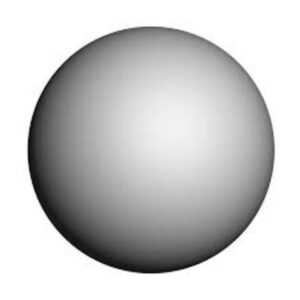
Kanada was a notable ancient Indian scientist who is credited with developing the atomic hypothesis centuries before John Dalton was born. He conjectured the presence of Anu or tiny, unbreakable particles similar to atoms. Additionally, he clarified that Anu can exist in two states: complete tranquility and movement. He said that synchronized dvyanuka (diatomic molecules) were created when atoms of the same substance joined with one another and in a particular way to create tryanuka (triatomic molecules).
Cotton Cultivation
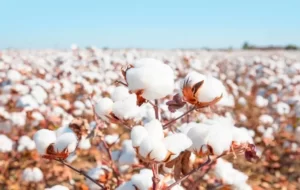
By the fifth to fourth millennia BCE, people in the Indus Valley civilization were growing cotton. The cotton industry in the Indus Valley was highly established, and some spinning and manufacturing techniques persisted even after India’s modern industrialization. Cotton textiles were widely used from India to the Mediterranean and beyond even before the Common Era.
Shampoo

Since 1762, the English word shampoo has been taken from the Hindustani word chāmpo. In India, a variety of herbs and their extracts have been used as shampoos for a very long time. Evidence of early herbal shampoo has been found at the Banawali site of the Indus Valley Civilization, which dates to between 2750 and 2500 BCE. Using the filtered extract, Sapindus was boiled with dried Indian gooseberry (amla) and a few other herbs to create an extremely potent early shampoo.
Meditation

The earliest known examples of meditation are seen in wall paintings from the Indian subcontinent, which date from roughly 5,000 to 3,500 BCE and show people seated in meditative positions with their eyes partially closed.
Indigo Dye
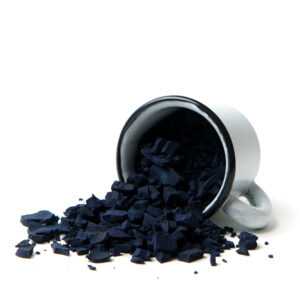
India was the first significant location for the production and processing of indigo, a blue pigment and dye. In India, the Indigofera tinctoria species of indigo was domesticated. Through a variety of trading channels, indigo, which was employed as a dye, reached the Greeks and Romans and was prized as a luxury good.
Algebraic abbreviations
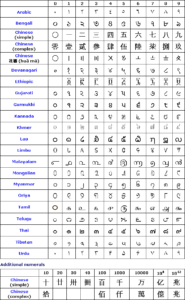
By the seventh century, the mathematician Brahmagupta had started employing abbreviations for unknowns. He used abbreviations to represent numerous unknowns that appeared in a single complicated problem. Square and cube root abbreviations were also adopted by Brahmagupta.
Earth’s orbit (Sidereal year)

The average sidereal year—the length of the Earth’s revolution around the Sun—according to Hindu cosmological time cycles described in the Surya Siddhanta (c. 600 CE) is 365.2563627 days, which is just 1.4 seconds longer than the current number of 365.256363004 days. For more than a thousand years, this calculation represented the most precise estimate of the sidereal year’s length.
Diamond mining
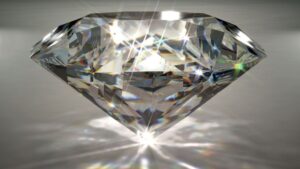
The earliest diamonds were discovered and mined in central India, where large alluvial diamond resources were later discovered along the Penner, Krishna, and Godavari rivers. Although the exact date of the earliest diamond mining in India is unknown, it is thought to have occurred at least 5,000 years ago. Prior to Brazil’s discovery of diamonds in the 18th century, India was the world’s only supplier of diamonds.
Jute cultivation

In India, jute has been grown from the beginning of time. Jute fibre in its raw form was sent to the west where it was used to construct cordage and ropes. The British Raj in India led to the modernization of the Indian jute industry. Before the modernization of India’s jute industry in 1855, when Kolkata became a centre for jute processing in India, the region of Bengal was the principal centre for jute farming.
